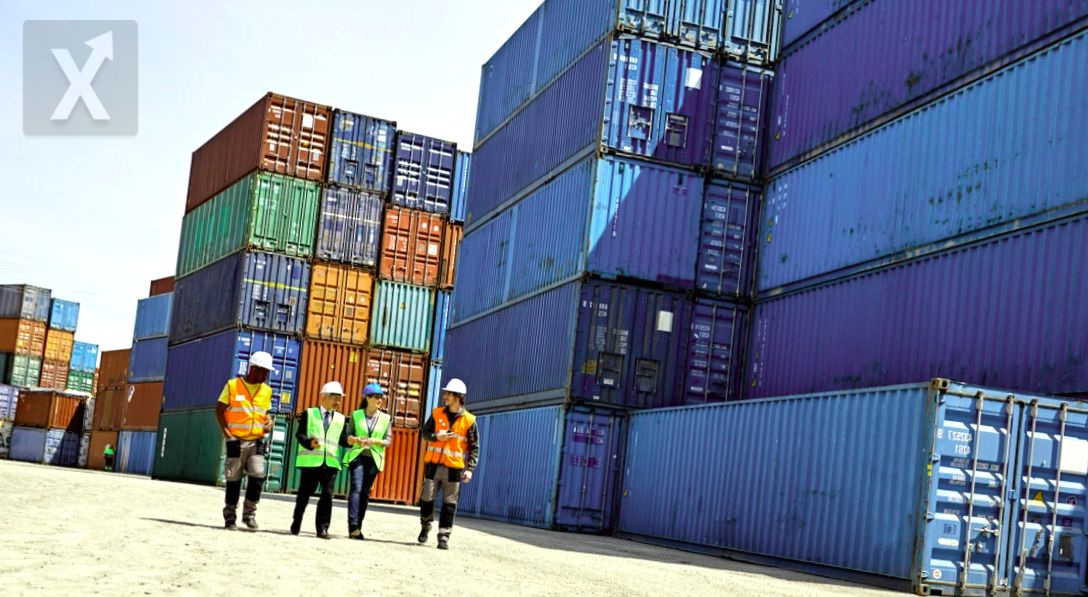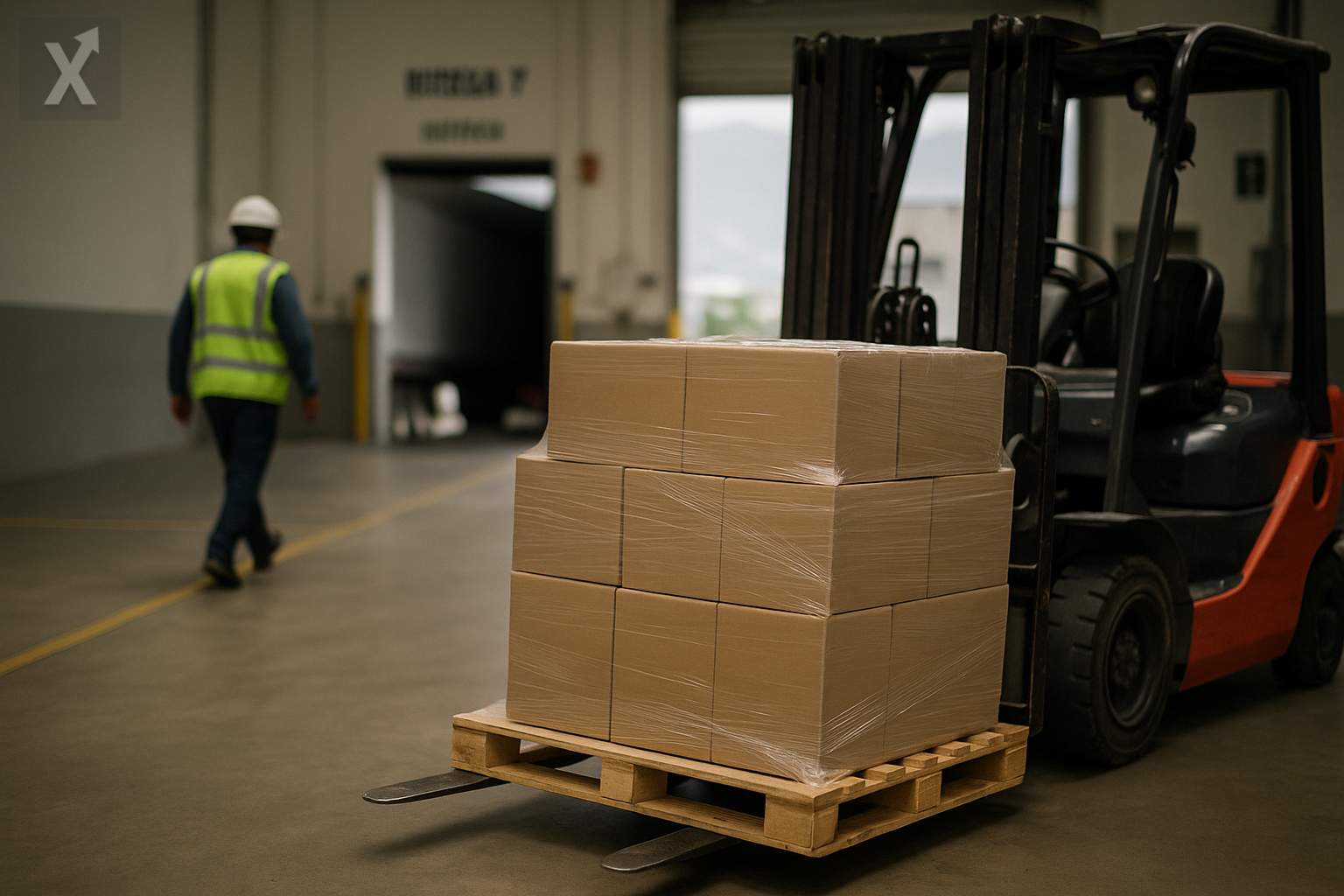WTO Projections: Global Trade on the Path to Recovery

(GENEVA, Switzerland) - The World Trade Organization (WTO) announced that international trade in goods could see moderate growth in 2024 and 2025, despite the challenges posed by conflicts in the Middle East. According to WTO Director-General Ngozi Okonjo-Iweala, a gradual recovery in trade is expected throughout 2024; however, attention must be paid to potential setbacks, particularly due to possible escalations in regional conflicts.
The impact of these conflicts could be significant for the countries directly involved and would also indirectly affect global energy costs and shipping routes, the director noted. In 2023, global trade in goods contracted by 1.1%, driven down by high inflation and rising interest rates. In its recent update on projections, the WTO slightly raised its estimate for global merchandise trade growth in 2024 to 2.7%, up from the 2.6% forecasted in April. Demand in Asia was better than expected, while Europe’s was lower than anticipated. For 2025, the growth forecast was revised down from 3.3% to 3.0%.
Ralph Ossa, chief economist at the WTO, stressed that while there are “risks everywhere” that can affect international trade, the biggest risk comes from geopolitics, particularly due to the situation in the Middle East. A sharp increase in oil prices would undoubtedly have a considerable impact on the economy and trade. Still, Ossa pointed out that markets are currently caught between concerns over Middle Eastern supply and demand coming from China.
Asian exports are expected to grow by 7.4% this year, fueled by countries like China, Singapore, and South Korea, while Japan's exports remain stagnant. In terms of demand, the increase in Chinese imports is moderate, though a more pronounced rise is being seen in other Asian economies like Singapore and Malaysia. In contrast, Europe is anticipated to experience a 1.4% decline in its export volume in 2024, with imports decreasing by 2.3%. Ossa mentioned that Europe appears weaker than expected, especially due to difficulties faced by Germany, whose exports of vehicles and chemicals have significantly declined. The German manufacturing sector has been notably impacted by high energy costs following Russia's invasion of Ukraine and weak external demand, which has compounded its downturn. Additionally, the WTO’s forecast highlights the increasing relevance of so-called "connector countries" in global supply chains and trade, with Mexico and Vietnam leading the way, followed by India. These countries are playing a key role as export channels in a context where trade relations between China and the United States have undergone significant changes.
The WTO suggests that stabilizing inflation and interest rates will stimulate global trade. Coleman Nee, an economist at the WTO, stated that as the inflationary impact diminishes, a recovery in income and consumption of various goods, including imports, is expected. The WTO anticipates that global real GDP growth, at market exchange rates, will remain stable at 2.7% for 2023, 2024, and 2025, with Asia being the fastest-expanding region this year, projected to grow by 4%, while Europe is projected to have the lowest growth at 1.1%.
It’s interesting to note how trade dynamics are changing and adapting to complex global situations. The role of Mexico and Vietnam as “connectors” in supply chains could represent a significant opportunity to boost their economies. Diversifying markets and strengthening trade relationships may be key to mitigating geopolitical risks and capitalizing on the anticipated growth in Asia, especially in the current context of the global economy.






